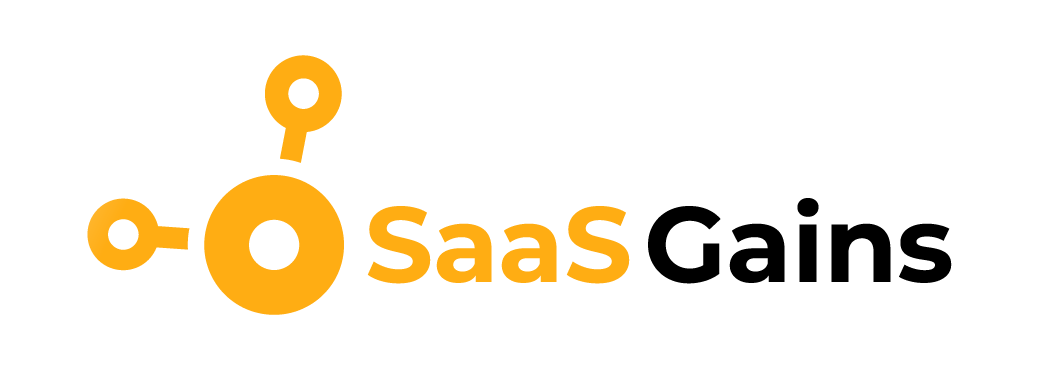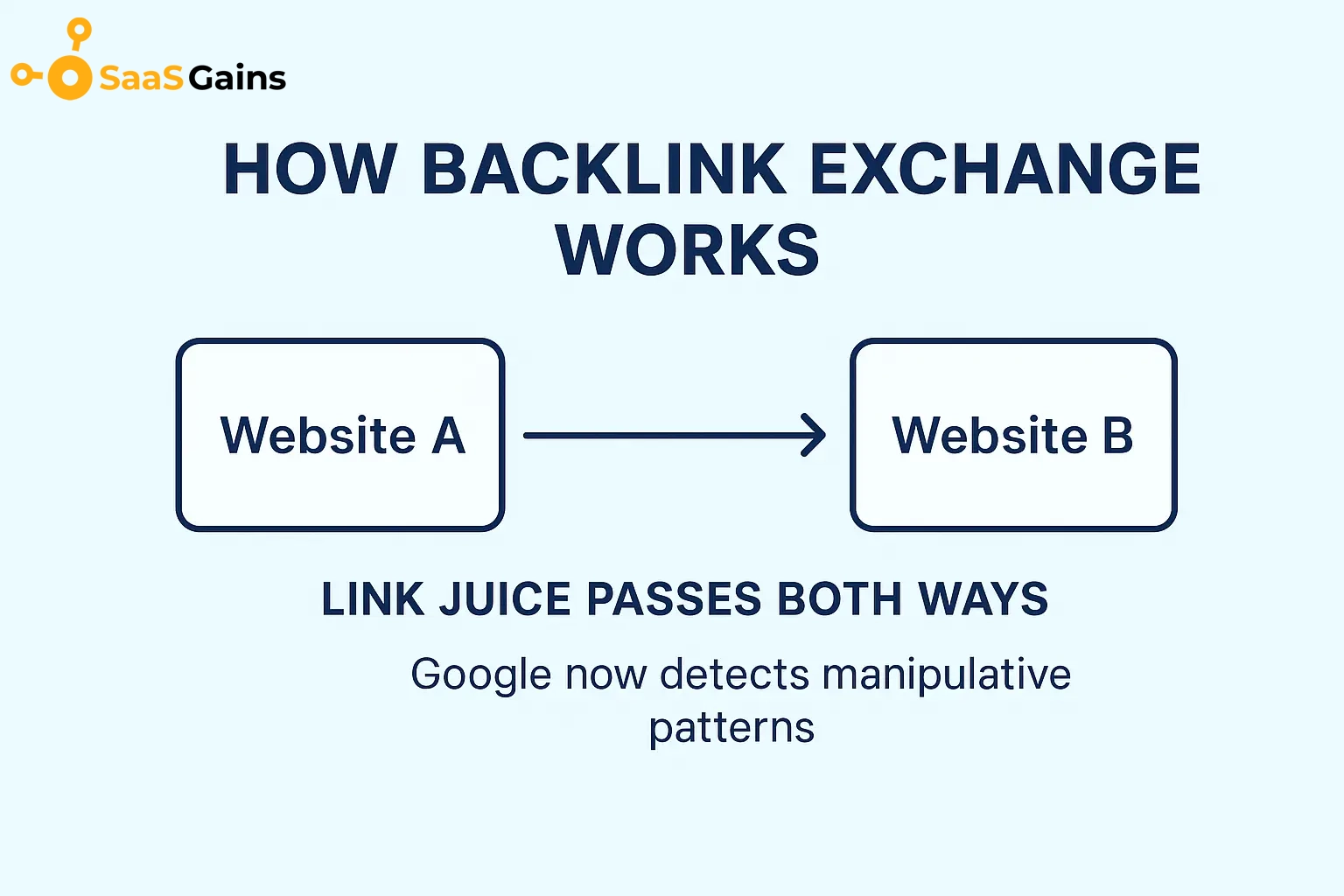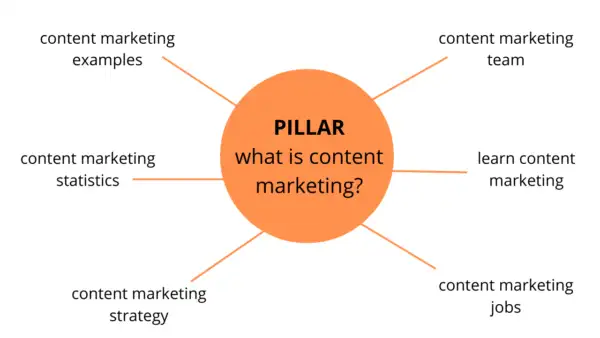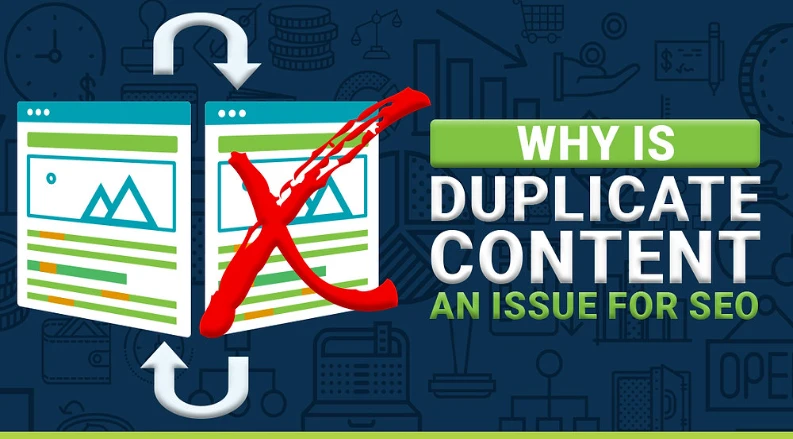Your internal links are a great way to increase your rankings and drive more traffic. Most people ignore them, stuck on one question: Is there some magic number I should shoot for? In terms of how many internal links a page should have for SEO, the response is not a do-or-die prescription but a measured choice that can have a significant effect on your website’s performance. What we will do in this case is teach you how to optimize internal links to their maximum potential, clarifying that a measured approach is light-years ahead of merely adding more links.
Why Are Internal Links Important, and What Are They?
Internal links are hyperlinks on the same website that link one of your pages to another. They’re the reverse of external links, which link to other sites.
Internal vs. external links
Think of it like this: an internal link is a single-page recommendation from one page to another on your site, essentially saying, “Hey, because you liked this, you’re really going to like this other post we’ve got.” An external link is a citation or a reference back to something else. They’re both useful, but they’re not the same thing. Internal links allow you to have complete control over the structure of your site and how “link equity” or “PageRank” is passed along.

Role of internal links in PageRank flow and crawlability
Internal links play an essential role for two reasons: they enable search engines such as Google to find and crawl your pages, and they allow passing of authority between pages. With a sound internal linking scheme, your important pages are not “orphans” in the sense that there is no link to them and that link equity is flowing between all your pages. This simplifies crawling and enables search engines to comprehend the connection between your content assets.
Google’s Guidelines for Internal Links per Page
Google never provided a definitive number for the maximum number of internal links a page can have. The “100 links guideline” is outdated and irrelevant in the modern web. Even while search engines can now scan a page with thousands of links, you shouldn’t overuse them.
Historical 100-link guideline vs. today’s crawling capability
The first was a technical limitation, rather than an SEO rule. With modern crawling and indexing technology, the focus has shifted from technical link limits to the contextual value of every link. Google’s John Mueller insisted that the number of links is less important than their relevance and purpose.

How Google considers excessive linking
There is no penalty for having too many internal links, but Google will begin to devalue the links on a page if there are too many. The greater your number of links, the thinner the page’s authority is divided among them. A page with 5 very relevant links will pass more authority to its targets than a page with 100 largely irrelevant links.
The SEO Consequence of Having Too Many Internal Links
Having too many internal links is detrimental to your SEO. It’s quantity over quality once more.
Contextual signals are being watered down.
Every link serves as a cue to search engines, indicating what the linked page is about. When you link out too heavily, you are watering down that sign. It is becoming increasingly challenging for Google to determine which pages linked to it are truly relevant and about what.
Anchor text relevance vs. over-optimization
Keyword-rich descriptive anchor text is necessary when applying internal links. Applying the exact anchor text repeatedly on the same page is a method of over-optimization, just like keyword stuffing. Varying semantically related anchor texts are better to use in informing Google about the content they are linking to in a general manner.
How many internal links can you have on a page?
The best practice is to disregard worrying about the number and begin considering context, user experience, and positioning.
Best practices (context > numbers)
A rule of thumb is to link only where it will benefit the reader. One general rule of thumb is to have around 3-5 links per 1,000 words of content. Again, this is only an approximate figure. A 5,000-word detailed guide may only have 20-30 links, while a 500-word article might only need 2 or 3.
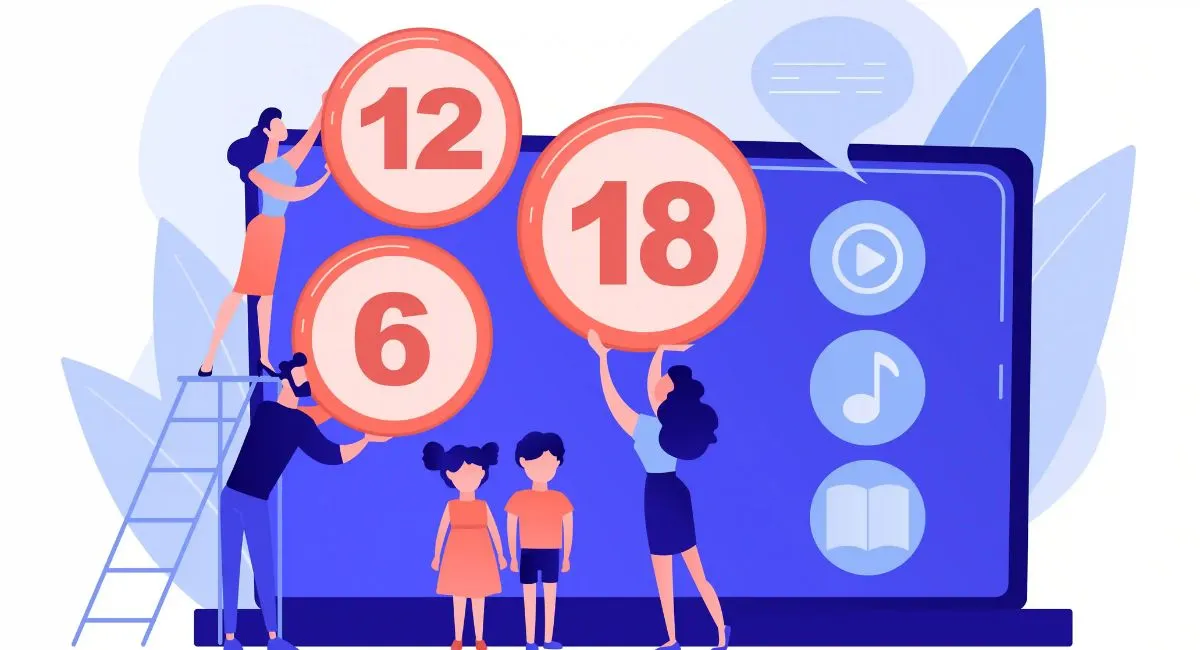
Example benchmarks from authority sites.
Authority pages and lengthy content shall be provided with more internal links since they are comprehensive sources of information. A pillar page on “content marketing” might have dozens of associated articles on “blogging,” “SEO writing,” and “social media strategy.” It is not spam but a structural necessity that improves the user experience.
Balancing user experience and crawl budget
Your internal linking strategy should always be user-centric. Links need to be natural and findable. Too many links can confuse a reader, leading them to become “link blind” and ignore all links. Second, Google may crawl thousands of links, but you don’t want to waste your crawl budget on low-priority links in a sea of links.
Internal Linking for Topical Authority
Another absolutely amazing application of internal linking is to build topical authority. This is where you show search engines that your site is an authority on a particular subject.
Using internal links to create semantic content networks
By linking to similar articles, you form a semantic content network. Suppose you have an in-depth “advanced SEO strategies” guide. You would then link to this from all your other similar posts on your website, including posts on “link building,” “technical SEO,” and “keyword research.” This tells Google that your main guide is the hub of all these related issues.
Contextual hierarchy and bridge links
Your internal links must form a strong hierarchy. Your “pillar” pages must be linked by all the associated “cluster” pages, and your pillar pages must link to them too. These two-way links—or “bridge links”—cement the relationship between your content items.
Internal linking in main vs. supporting content
Placing internal links must be strategic. The body of a post’s links (contextual links) are usually of the highest value. Headers, footers, and sidebar links are also necessary for navigation but have a lower value in conveying contextual relevance
Practical Internal Link Optimization Tips
- Link to highly relevant pages: Link to highly relevant pages to the subject of your current page. Don’t link to the link.
- Utilize entities’ rich, illustrative anchor text: A range of natural-sounding anchor texts that correctly convey the linked site’s content should be tried. Steer clear of cliches like “click here” and “read more.”
- Steer clear of dead-end architecture and orphan pages: There should be at least one internal link on each page of your website. Users and search engines cannot access unlinked websites, as they are neither crawled nor indexed. Check your website often to identify and address any issues.
Final Thoughts
The net result is that there isn’t a best number of internal links by any particular figure, but by context. A sensible internal linking policy is more about building a coherent and user-focused site structure that also indicates topical authority to spiders. Prioritize relevance, value, and user experience, and the welcome SEO byproducts will follow naturally. Keep in mind that each link is a vote of faith; use them well to establish a sound and trustworthy site.
FAQs
- Is there a magic number of internal links that I should use?
No, no magic number. The best number of internal links varies according to content length and worth, not a quota.
- Can too many internal links damage my site’s SEO?
You won’t be penalized, but too many will dilute the authority transferred to each target page and overburden users to the detriment of SEO.
- What is the single most significant internal linking factor?
The single most important factor is relevance. A link should only be added if it actually helps the reader and gives a clear, logical route to additional information.
- In what way would internal linking assist in topical authority?
By establishing a system of links amongst akin pages, you are signifying to search engines that your site is a complete and authoritative source of information on the subject in question.
- How can I prevent having “orphan pages“?
You must audit your site regularly so that all new pages have a minimum of an internal link pointing to them from a related page.
